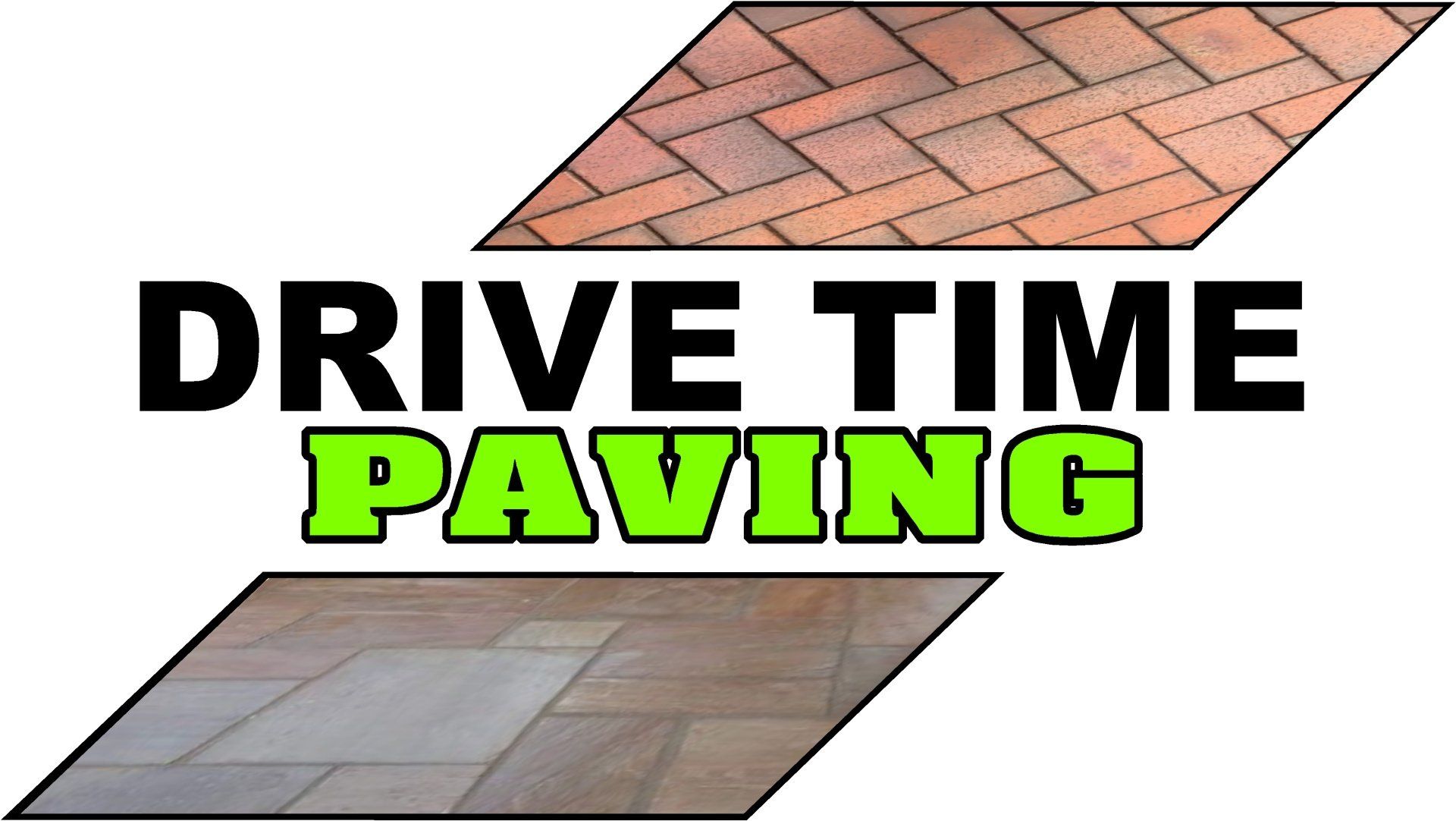The Invention Of The Drive Predates The Car
Almost every home in the country has some form of paved drive, and the reason for that is simple; almost every homeowner has a car or some form of vehicle.
Whilst some people park their vehicles on the street whether out of necessity or by choice, the preferred option is typically to have a drive that allows someone to park their car and be right by the door of a house.
However, whilst the concepts are fairly closely connected now, this was not always the case, and it can be quite surprising to learn that the
drive or driveway actually predates the cars that rest on them today.
A driveway was a term coined around 1871 as an alternative to the typical dirt paths that allowed pedestrians to reach the house without going through rather meandering routes.
The driveway was originally designed for horse carriages, to allow them direct access to the house in order to deliver goods and supplies directly, rather than wasting time unloading at the gates and carrying goods in manually.
Whilst there were technically prototype cars as early as 1867, it would not be until 1888 when the
Benz Patent Motorwagen was released, becoming the first car that was available for the public to buy.
Whilst many early drives were dirt, other materials such as cobblestone, shell, brick and clay tile did start to appear by the latter half of the 19th century, and there were a lot of quite varied designs even in the early years.
Whilst there were very simple parallel ribbons that a horse cart would be driven along, there were also semicircular drives, sweeping footpaths and early curbing made from trimmed cobblestone.
By the early 20th century and the much more widespread adoption of the car, materials became
more practical and the purpose of the drive became established as the place to park a car, given that everyone who had one needed somewhere to keep it safe.
